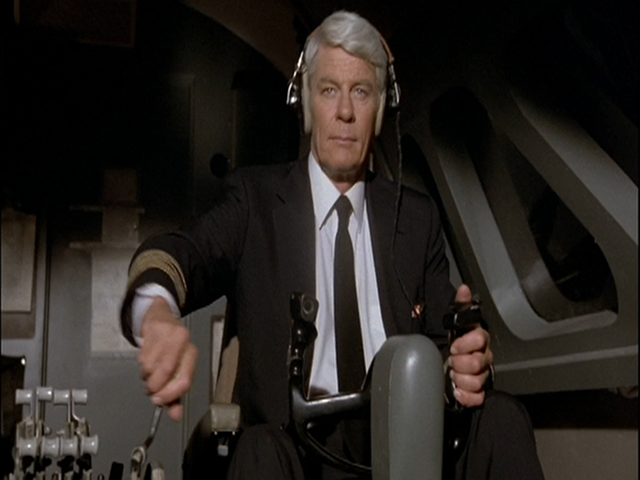Aviation-speak is not conversational, despite our efforts to make it so. Learning to speak to eliminate possible areas of confusion will serve you well and you should examine your use of the words "to" and "for" on the radio. Why? Read on . . .
— James Albright
Never Say "To" or "For" Technique
Let's say you are flying for a large cargo operation and while getting ready for approach into Kuala Lumpur receive the clearance "descent to four zero zero."
The transition altitude is much higher so they are obviously talking 400 feet, right?
But the controller's "To" was actually a "two" and the clearance was 2,400' not 400'. Silly example? Not so for the crew of Flying Tiger's Flight 66 who perished on 19 Feb 1989 after misinterpreting that very clearance.
The controllers could have done better. But we as pilots can do better as well. Can you readback clearances without the word "to" which can be confused as "two?" What about "for" which can be heard as "four?"
How we've done it in the past... Checking in with a new center during descent:
"November one two alpha passing flight level two four zero for nine thousand."
How we should be doing it...
"November one two alpha passing flight level two four zero descending nine thousand."
Now you try it. (I've been doing this for almost twenty years now. I still slip up now and then, but I'm getting better. And I am hearing more and more pilots doing the same.)
Pilot's Incorrect Readback Only Counts if Controller Paying Attention
We try to readback the controller's clearance word-for-word in an attempt to make sure we got it right. Right? But if we hear it wrong and repeat it wrong we are protected. Right? Wrong!
There is case law upholding a pilot's violation after repeating what he thought he heard but differed from the controller's instructions. The controller failed to catch the pilot's readback. The pilot was busted!
What to do?
- Try very hard to have two pilots listening to every clearance. If one pilot is absent, be on guard for errors and emphasize the clearance when the other pilot returns.
- Repeat the clearance as given.
- Query the controller if there is any doubt.
- Invest in CPDLC.
References
(Source material)
14 CFR 71, Title 14: Aeronautics and Space, Designation of Class A, B, C, D, and E Airspace Areas; Air Traffic Service Routes, and Reporting Points, Federal Aviation Administration, Department of Transportation
Aeronautical Information Manual
Aviation Case Law, Administrator vs. Merrell
ICAO Annex 11 - Air Traffic Services, International Standards, Annex 11 to the Convention on International Civil Aviation, July 2001


